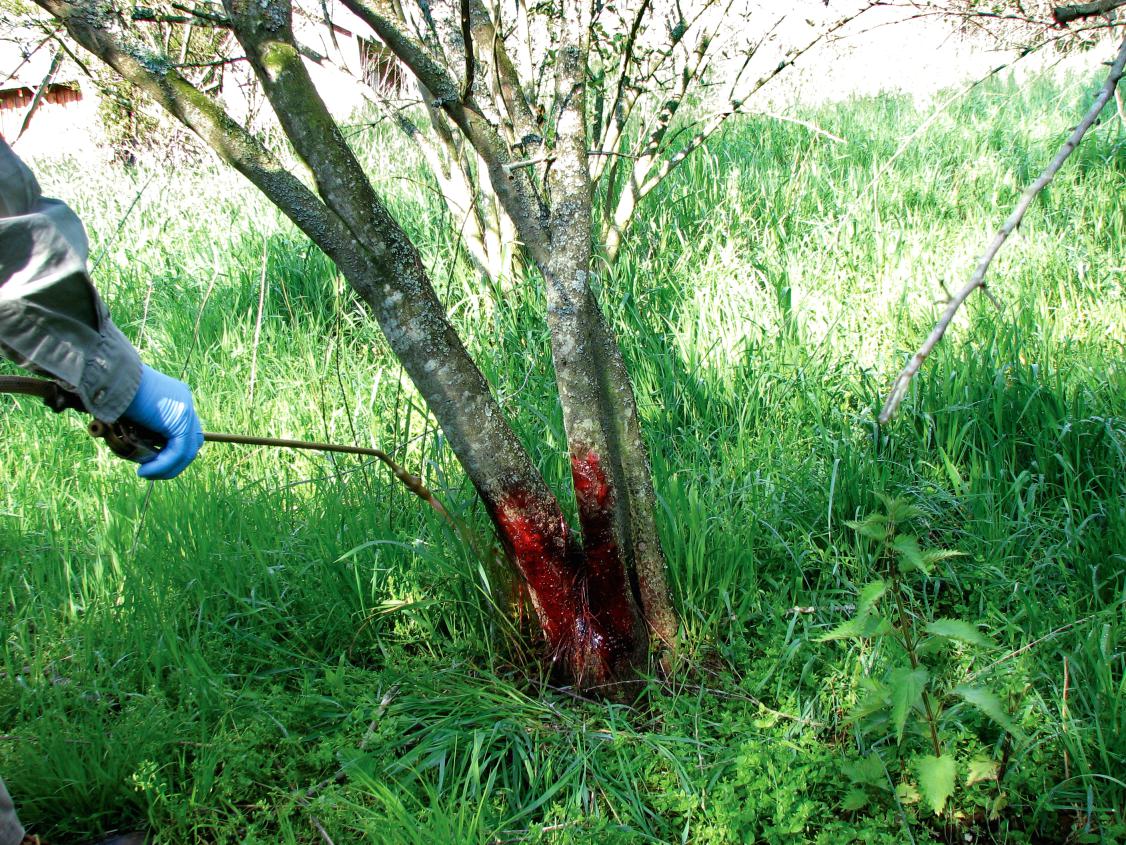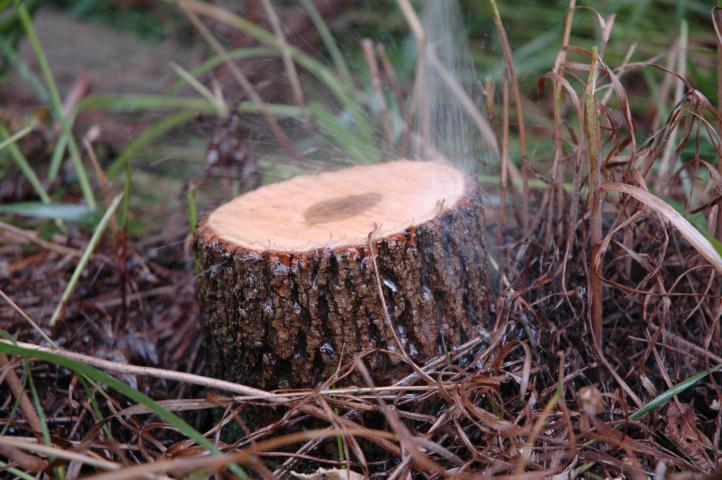Dormant Season: A New Beginning for Vegetation Managers

Learn how dormant-season treatments can help vegetation managers catch up with planned treatment cycles and get ahead of the next foliar spraying season.
Learn how dormant-season treatments can help vegetation managers catch up with planned treatment cycles and get ahead of the next foliar spraying season.
Spring and foliar spraying season are right around the corner, but vegetation managers don’t have to wait on foliage to start treating problematic trees and incompatible brush species throughout utility rights-of-way (ROW) and adjacent land. In fact, vegetation managers can get a head start on the year to come by using effective vegetation control methods from late winter to early spring. These dormant-season strategies allow utility companies and their contract partners to get more out of their labor force, increase program efficacy and significantly improve ROI.
Controlling incompatible brush and undesirable trees is essential to the success of utility vegetation management programs. Using selective herbicide applications as part of an Integrated Vegetation Management (IVM) program can help practitioners effectively control troublesome woody species throughout utility ROW while enhancing the growth of native grasses and forbs that support wildlife habitat biodiversity.
Comparatively, nonselective control methods, such as mechanized mowing, control beneficial plant species as effectively as targeted vegetation. This increases maintenance requirements and associated costs over time.
Utility vegetation managers often use foliar herbicide applications to enhance results for their IVM programs throughout the growing season, but the option to use such methods is lost during fall leaf senescence. Fortunately, the following herbicide application methods can be used throughout the dormant season to help vegetation managers assert and maintain control of woody plants that threaten the integrity of utility infrastructure and the reliability of electrical service:
Most dormant-stem treatments can be completed using a backpack sprayer.
 For conventional basal bark treatments, spray until runoff at the ground line is noticeable.
For conventional basal bark treatments, spray until runoff at the ground line is noticeable.
 For basal cut-stump treatments, spray all sides and exposed roots until thoroughly wet, but not to the point of runoff.
For basal cut-stump treatments, spray all sides and exposed roots until thoroughly wet, but not to the point of runoff.
Planned treatment cycles are often derailed by a variety of unforeseen factors, including weather delays and labor shortages. As brush species can grow up to 40% in a single year, research has shown that deferring maintenance by a single growing season can double the cost of vegetation maintenance in the future. This means that failing to control incompatible woody plants this year can lead to greater issues next year when targeted vegetation is larger and more costly to control.
In addition to enhancing productivity and cost efficiency, dormant-season treatments can provide the following benefits to utility vegetation managers from late fall to early spring:
To learn more about seasonal treatment opportunities, and best practices for improving land stewardship or environmental sustainability, explore the portfolio of industry-leading content archived at VMVistas.com.
*Check product label for state registrations, controlled species and recommended use rates.
Under normal field conditions TerraVue® is non-volatile. TerraVue has no grazing or haying restrictions for any class of livestock, including lactating dairy cows, horses (including lactating mares) and meat animals prior to slaughter. Label precautions apply to forage treated with TerraVue and to manure and urine from animals that have consumed treated forage. TerraVue is not registered for sale or use in all states. State restrictions on the sale and use of Garlon® 4 Ultra apply. Contact your state pesticide regulatory agency to determine if a product is registered for sale or use in your state. Consult the label before purchase or use for full details. Always read and follow label directions. Always read and follow the label directions.
For over 30 years, Vistas® has covered strategies, trends and stories from across the Vegetation Management industry.